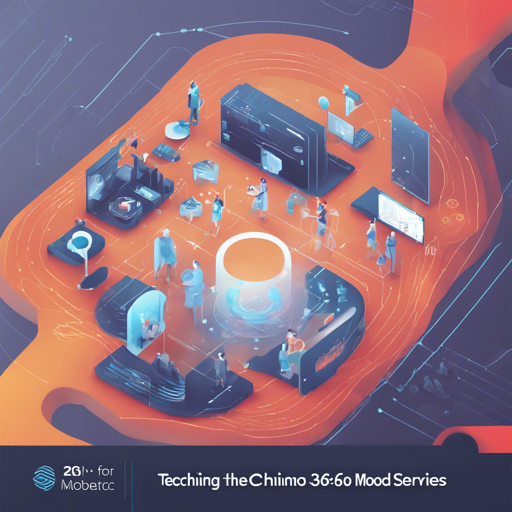The 360Zhinao model series, released by Qihoo 360, provides robust natural language processing capabilities, featuring various models designed for different tasks. In this article, we will guide you step-by-step through utilizing these models, troubleshooting common issues you might encounter along the way.
Introduction to 360Zhinao Models
The 360Zhinao series consists of the following models:
- 360Zhinao-7B-Base
- 360Zhinao-7B-Chat-4K
- 360Zhinao-7B-Chat-32K
- 360Zhinao-7B-Chat-360K
These models are designed with varying context lengths to cater to different application needs. Notable features include:
- High performance on relevant benchmarks, powered by a corpus of 3.4 trillion tokens.
- Chat models with extensive conversation capabilities, supporting context lengths of 4K, 32K, and 360K, making them one of the most advanced in the market.
Getting Started
Step 1: Installation
First, you need to install the necessary dependencies. Ensure you have Python and required libraries by running:
pip install -r requirements.txtOptionally, for improved performance, consider installing Flash-Attention:
FLASH_ATTENTION_FORCE_BUILD=TRUE pip install flash-attn==2.3.6Step 2: Utilizing the Models
With the environment set up, you can start using the models. Here is an analogy to help you understand how to interact with the models.
Think of the model as a master chef in a restaurant. You, as the user, need to provide the chef with ingredients (input data) for creating delicious dishes (outputs). To do this, follow the examples below:
Base Model Inference
from transformers import AutoTokenizer, AutoModelForCausalLM
from transformers.generation import GenerationConfig
MODEL_NAME_OR_PATH = "qihoo360/360Zhinao-7B-Base"
tokenizer = AutoTokenizer.from_pretrained(MODEL_NAME_OR_PATH, trust_remote_code=True)
model = AutoModelForCausalLM.from_pretrained(MODEL_NAME_OR_PATH, device_map="auto", trust_remote_code=True)
generation_config = GenerationConfig.from_pretrained(MODEL_NAME_OR_PATH, trust_remote_code=True)
inputs = tokenizer("Your input here", return_tensors="pt")
inputs = inputs.to(model.device)
pred = model.generate(input_ids=inputs["input_ids"], generation_config=generation_config)
print(tokenizer.decode(pred.cpu()[0], skip_special_tokens=True))Chat Model Inference
messages = []
messages.append({"role": "user", "content": "Your question here"})
response = model.chat(tokenizer=tokenizer, messages=messages, generation_config=generation_config)
messages.append({"role": "assistant", "content": response})
print(messages)Troubleshooting
If you encounter any issues while utilizing the 360Zhinao models, consider the following troubleshooting tips:
- Ensure all dependencies are correctly installed and updated.
- Check device compatibility, particularly if using GPU; ensure CUDA and PyTorch versions align.
- In case of unexpected errors, verify if the input format aligns with what the model expects.
For more insights, updates, or to collaborate on AI development projects, stay connected with fxis.ai.
Conclusion
In conclusion, the 360Zhinao model series opens doors to advanced natural language processing tasks with its varying capabilities. By following the steps outlined in this guide, you can leverage these models effectively.
At fxis.ai, we believe that such advancements are crucial for the future of AI, as they enable more comprehensive and effective solutions. Our team is continually exploring new methodologies to push the envelope in artificial intelligence, ensuring that our clients benefit from the latest technological innovations.

